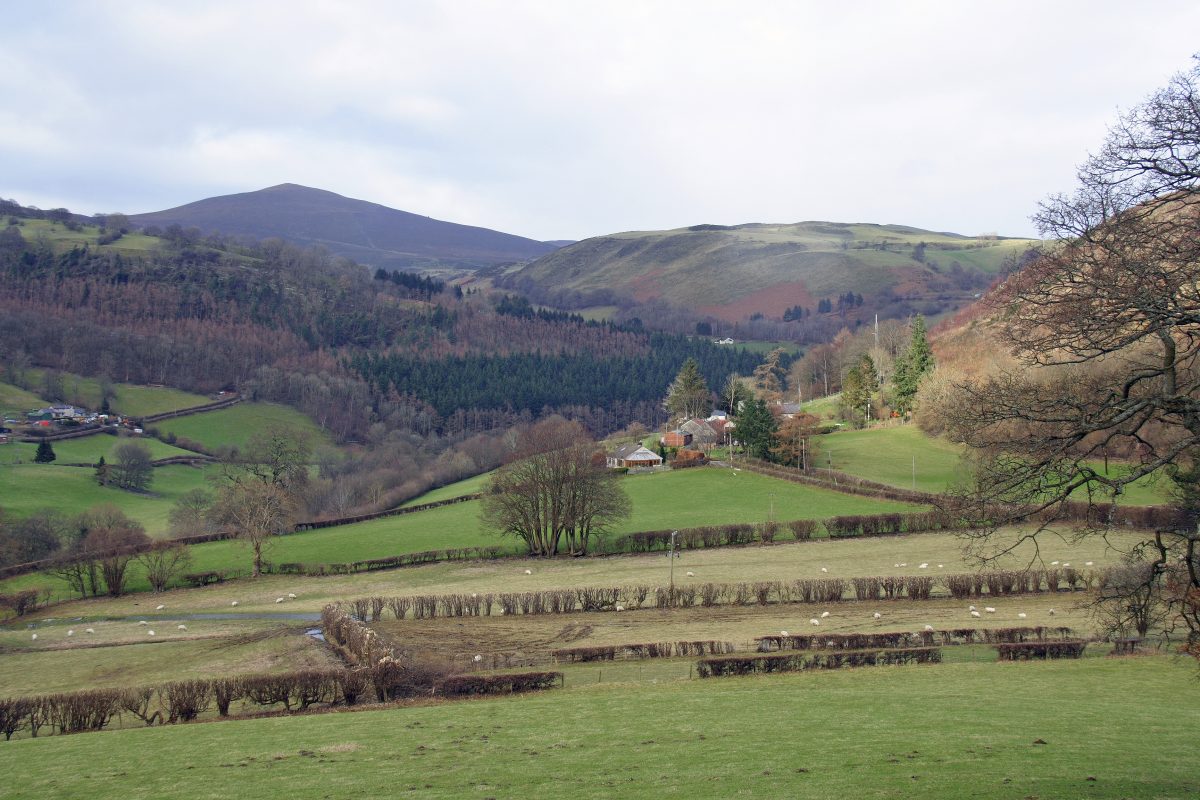When you think of the northern segment of Wales, chances are it’s the rugged mountains of Snowdonia National Park that spring to mind. Well, that’s understandable, they’re outstandingly beautiful and it’s a part of the country well worth exploring. But there is another area – equally inviting and attractive – you should plan to visit: the counties of Flintshire and Denbighshire in North-East Wales.
Okay, they don’t possess the high, dramatic scenery of Snowdonia but these understated north-eastern counties reveal their own form of beauty in the shape of rolling hills, quaint villages, bustling market towns and a rich heritage
It’s a region of Wales I hadn’t visited until recently, although I’d passed tantalisingly close during regular treks to the Lake District. So when the opportunity arose, I grabbed it and I’m glad I did because it’s a destination with something for everyone; sadly, we didn’t achieve everything on our “To Do” list because we ran out of time; still, that means we’ll have to organise another visit which will please the family.
I visited with my wife and two children (aged seven and thirteen). Our base for the duration of our stay was Northop Hall Country House Hotel, an attractive Victorian mansion sitting in over nine acres of private woodland close to the English border. Built in 1872, the hotel website states it’s “ideal for those looking to get away from it all”, and I agree. It’s a very peaceful setting and when the weather is clement there is nothing better than relaxing on one of the seats overlooking the expansive lawns and listening to the birds singing high above.
That tranquillity is evident inside the hotel, too. Since 2006, it’s been owned by the Holland family who have created a welcoming ambience of warmth and friendliness. Throughout our visit we felt there was a genuine desire among the staff to help guests enjoy their stay to the full.
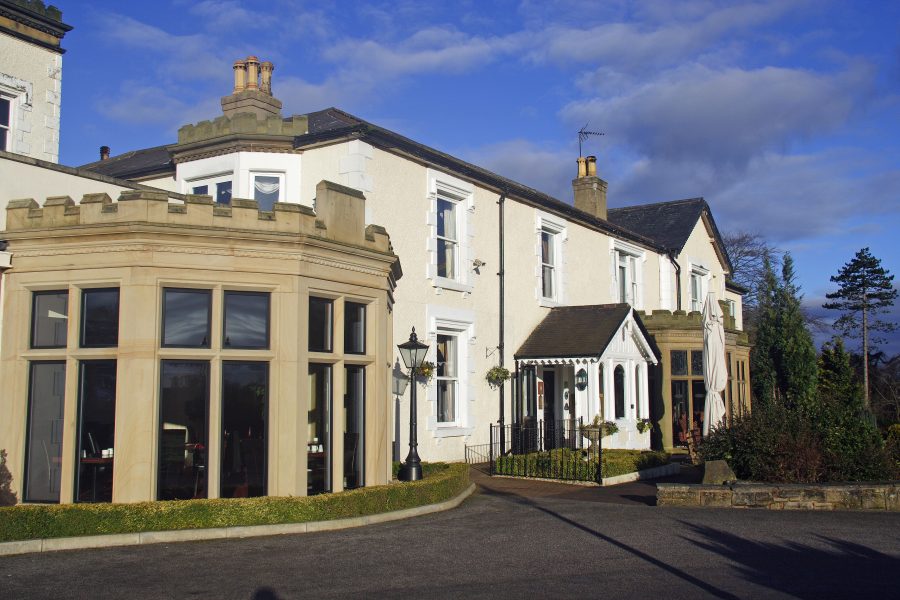
(c) Richard Webber

(c) Richard Webber
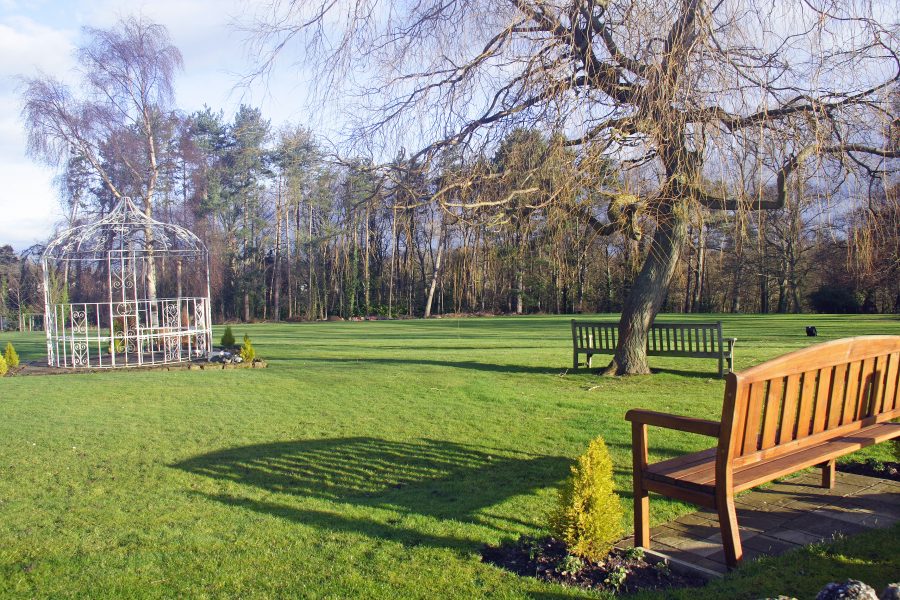
(c) Richard Webber
We ate at the hotel’s Chequers Restaurant where floor-to-ceiling windows afford diners a fine view of the grounds and surrounding countryside. The food was well presented and very tasty. We would have happily eaten at the hotel more often but were keen to sample other options while out and about on our travels.
One of the region’s main tourist attractions is the Llangollen Railway (open every day during peak season, weekends only other times), which is part of a World Heritage Site and the only standard gauge heritage railway in North Wales. Following the River Dee, it runs eight miles through a picturesque valley from the town of Llangollen to Carrog, but it’s hoped that a further few miles of track will open by Summer 2014, resulting in the train halting at Corwen.
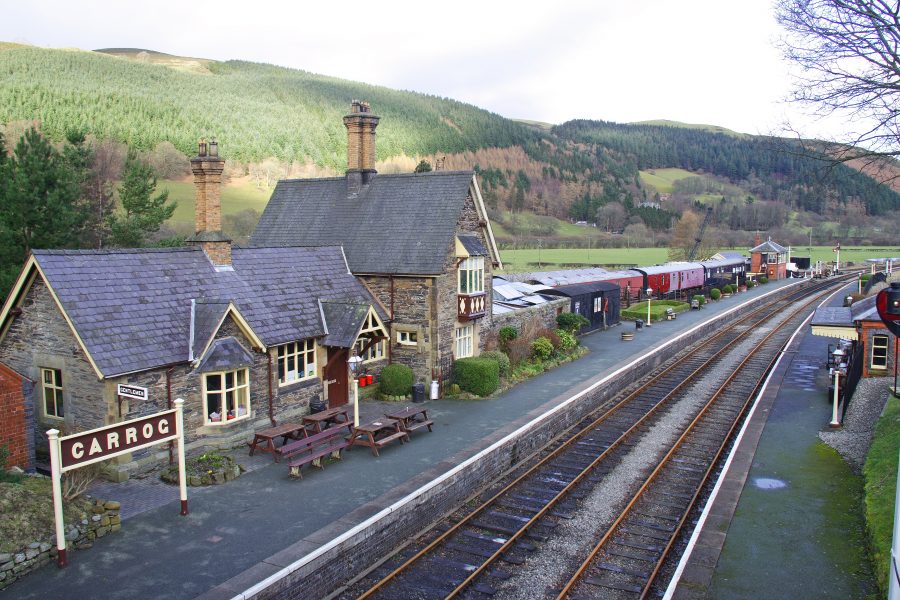
(c) Richard Webber

(c) Richard Webber
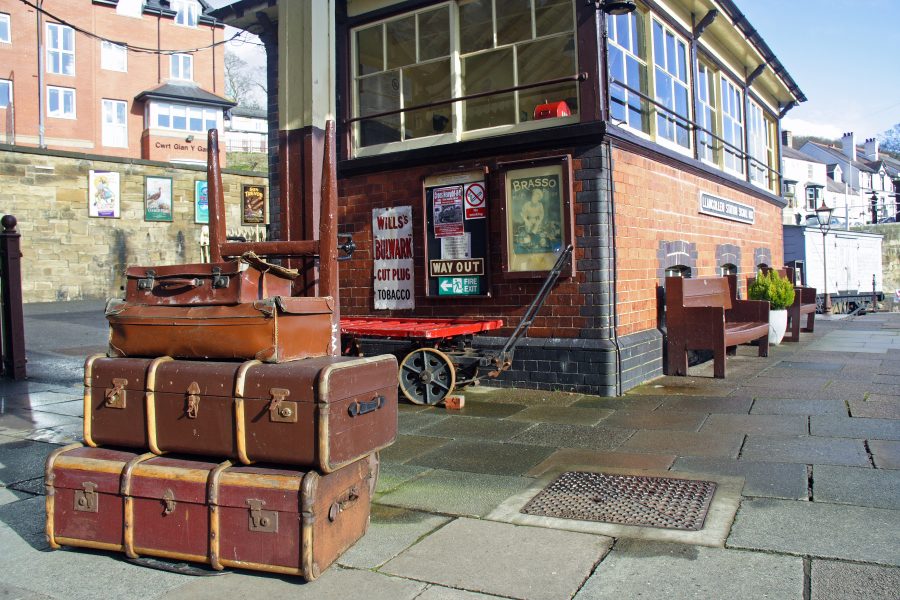
(c) Richard Webber
Sadly, we visited on a week day in February when no trains were running. Nevertheless, we were still able to sample the sights and sounds of a bygone era by simply exploring the platforms and admiring the trains and rolling stock – even if they were stationery!
Llangollen is a delightful little town of some 3,500 residents. It straddles the River Dee, which is crossed via a 14th century bridge. One of its claims to fame is that every July it hosts the International Musical Eisteddfod, which attracts over 100,000 visitors from around the world.
The town offers a host of interesting walks, plenty of shops for those wanting some retail therapy and the chance to simply stroll and enjoy its charms.
Feeling peckish, we were pleased to find there are plenty of eateries. We chose Gales of Llangollen, situated in Bridge Street, one of the town’s oldest roads. The Gale family also run the hotel and wine/gift shop next door, but the wood-panelled wine bar and eatery is the hub of the business. The family have owned it since 1977 and they claim it was the first wine bar in Wales. We were certainly made to feel very welcome by Pip and the rest of his staff. We enjoyed relaxing with a drink before choosing from a wide-ranging menu offering dishes made from fresh, seasonal and local ingredients.

(c) Richard Webber
We sampled some “grazing dishes” of “small, interesting bites” before choosing our main courses. Feeling replete afterwards, we chose to share a dessert, although afterwards wished we’d ordered one each because it was delicious. So, if you eat here, make sure you indulge yourself with a melting chocolate fondant with peanut butter ice cream – it’s heavenly!
Another eating-house we’d highly recommend, which we visited the following day, is The Tea Rooms in Chirk, a small town situated between Wrexham and Oswestry. The heavy wooden door, stone floor and wood-beam ceiling are indicative of the good old-fashioned tea room atmosphere one senses upon entering this family-run business. The 16th century building was originally the stable block for the hotel next-door.

(c) Richard Webber
Just like Gales of Llangollen, we encountered friendly staff – including owners Richard and Marjorie Massie – who understand what providing good service is all about. We had a nice, long chat with Richard and Marjorie, who have been running the tea rooms since March 2013, and enjoyed sampling their delicious lunches and scrummy cakes. Being vegetarians, we were thrilled to see a wide selection of dishes we could choose from, including speciality pâtés like red lentil and sun dried tomato with Welsh mead or cheddar pâté with Welsh ale and chives.
We could have spent all afternoon in these popular tea rooms but visiting the National Trust’s Chirk Castle was next on our itinerary.
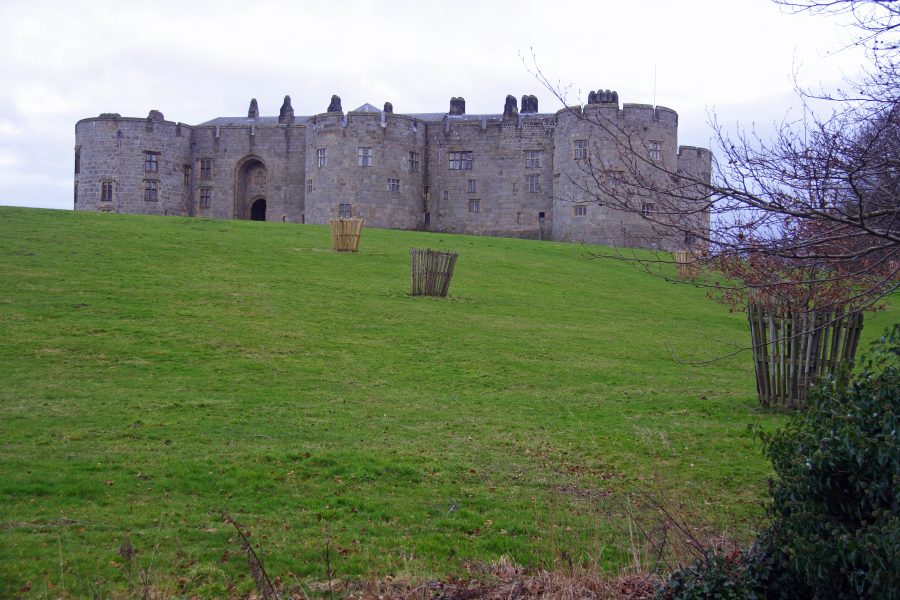
(c) Richard Webber
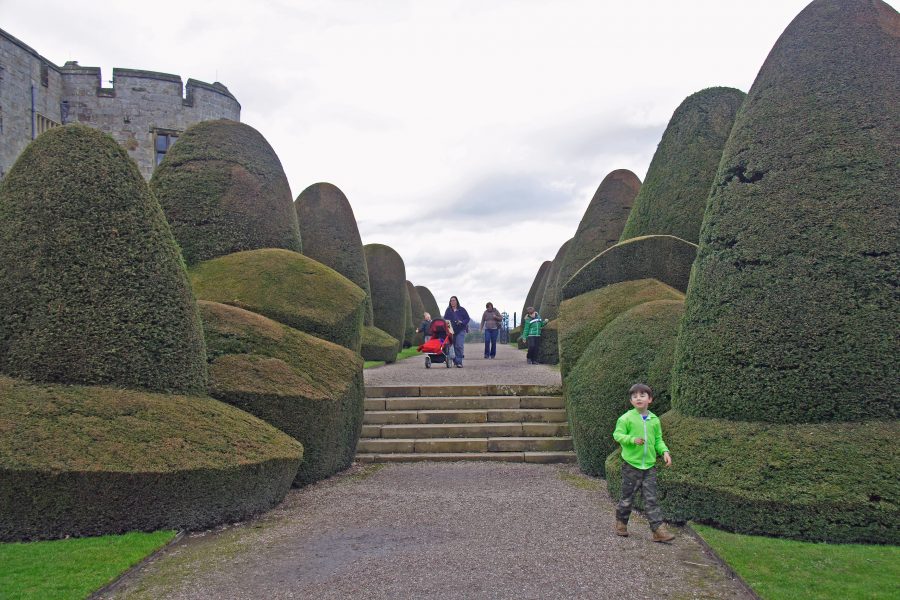
(c) Richard Webber
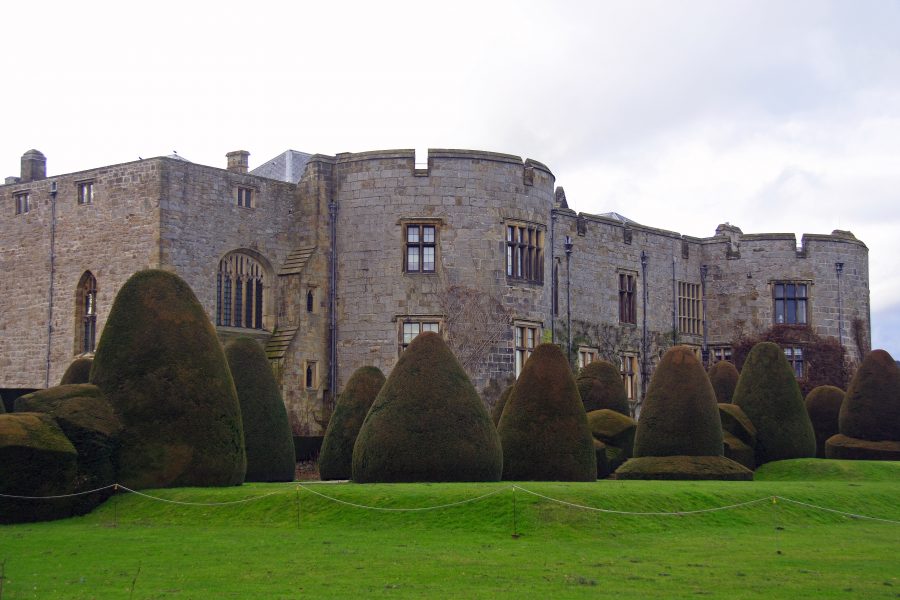
(c) Richard Webber
Just up the road from the town, the castle’s construction was completed in 1310 and is the last Welsh castle from Edward I’s reign still being lived in. We explored features from its 700-year history, including the medieval tower and dungeon, before wandering around the extensive award-winning gardens.
It wasn’t the only National Trust property in the region we had the pleasure of visiting. Erddig, near Wrexham, provides a clear insight into what life was like for a bustling household during the early 18th century. This country house is, arguably, one of Britain’s finest historic houses; and if that wasn’t enough, it’s set within a 1,200-acre country park.
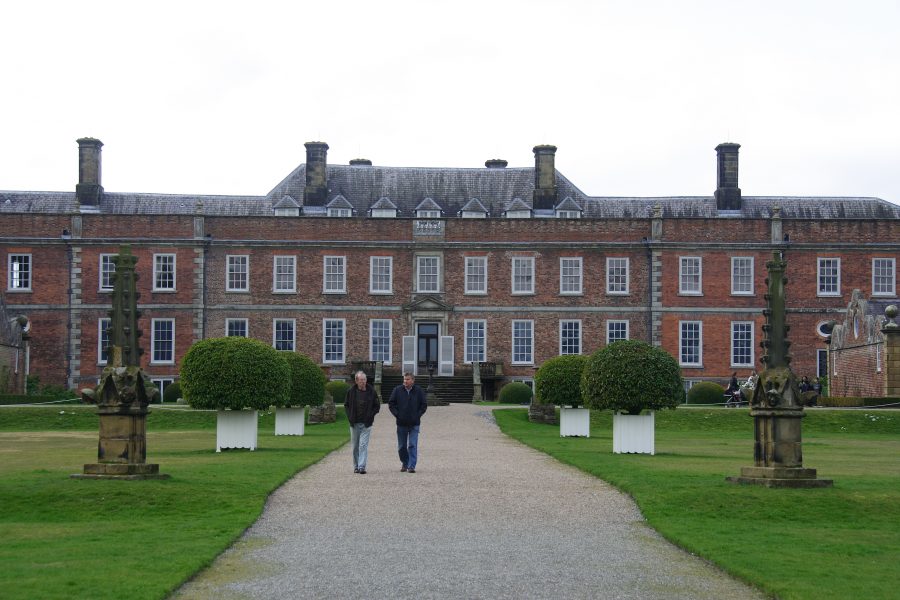
(c) Richard Webber
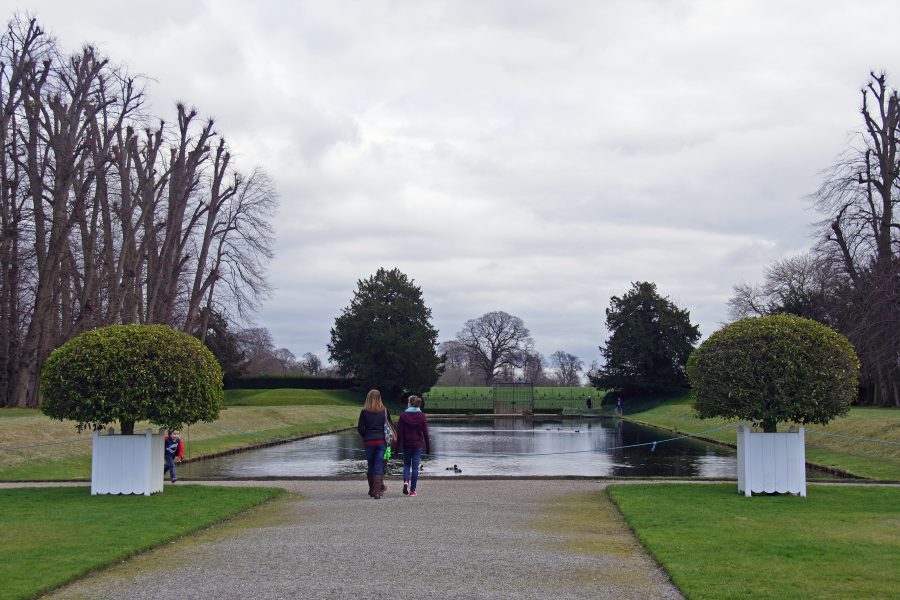
(c) Richard Webber

(c) Richard Webber
Walking around the house is a real “upstairs, downstairs” experience, contrasting the working and living conditions of the servants and the gentry family who lived here. Outside, the walled garden is well maintained and will have you reaching for your camera. Children, meanwhile, will enjoy playing in the Wolf’s Den and meeting the working horses.
Don’t go home without walking across the Pontcysylite Aqueduct, at Trevor Basin on the Llangollen Canal, near Wrexham. It’s a navigable aqueduct which carries the canal over a valley.
Built by Thomas Telford, construction started in the late 18th century and formed part of a scheme that would have taken the canal on to Wrexham and Chester. Sadly, competition from the railways put paid to these ambitious plans and the canal terminated at Trevor Basin with a feeder canal heading along the Vale of Llangollen.
There is public access to the aqueduct, although walking across its 1,007-foot length isn’t for the fainthearted! Standing over 120 feet high and only eleven feet wide, you’ll soon find yourself grabbing hold of the hand rail rather firmly as you edge along. If you want to save your legs, you can opt for a ride in one of the barges, moored nearby.
There is much to see and do in this part of the world and we enjoyed nothing better than just admiring the countryside, both on foot and through the car window. Make sure you drive over the Horseshoe Pass, where the A542 cuts between two mountains, reaching a height of 1,368 feet. You’re afforded wonderful views in all directions and it’s just one of the many delights of this corner of Wales.
Note: Since writing this review, The Tea Rooms in Chirk have, sadly, closed.
More information:
www.northophallhotel.co.uk, tel: 01244 816181
www.galesofllangollen.co.uk, tel: 01978 860089
www.llangollen-railway.co.uk, tel: 01978 860979
www.nationaltrust.org.uk/erddig, tel: 01978 355314
www.nationaltrust.org.uk/chirk-castle, tel: 01691 777701
www.facebook.com/thetearoomschirk, tel: 01691 898570

